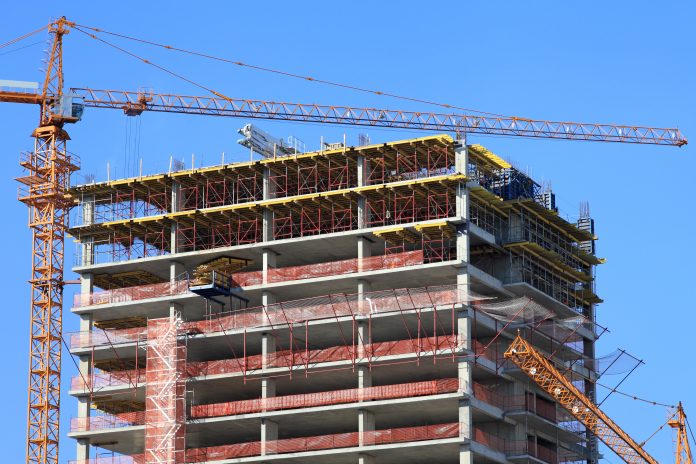Helen Daley, construction partner at JMW Solicitors, outlines the key points within the proposed legislation and advises developers, contractors and those who may be expected to shoulder increased responsibility in the wake of the Bill, on potential pain points and limiting risk
The Building Safety Bill will impact everyone involved in the design, development, construction and management of high risk buildings, and, given the breadth of the new legislation, we’re likely to see some initial nervousness as the industry digests the new rules and firms assess their exposure to risk.
While construction firms and subcontractors will be apprehensive about the impending legislation, particularly given the increased risk of retrospective claims in the event of a breach of duty under the Defective Premises act 1972 (DPA), the majority of risk inevitably lies with the developer.
Similarly, investors are also likely to be using the time until the new bill is enacted to establish how the new laws will impact on costs for both ongoing and future projects.
The Bill is wide-ranging, but there are a number of key points for all parties to be aware of:
Digital records and fixed reporting
The new Building Safety Regulator will oversee the safety and performance of all residential buildings that are 18 meters tall or have at least seven storeys and two residential units (though there are some exceptions).
Its long-term objective is to encourage improvement of and upholding of standards in the construction, maintenance and management of higher risk buildings. It is hoped this will assist in preventing another devastating fire like we saw at Grenfell on 14 June 2017.
It will also operate a framework to oversee building control bodies, with minimum performance standards and fixed reporting. Information relating to a building and its construction – including materials, maintenance logs and inspection reports – must be stored digitally, while a designated ‘accountable person’ must be responsible for ensuring that the building remains safe and hazard-free.
Extended period for compensation claims
One of the most obvious and alarming items within the Bill is the extended period for bringing compensation claims – the timeframe has now more than doubled, moving from the current statutory limitation period of six years to 15 years. In addition, this operates retrospectively, so claims dating back 15 years before the date the provision comes into force can be made, which not only significantly enhances risk for developers, but also raises a series of practical challenges.
Locating files for backdated claims
Record keeping is likely to prove an issue for backdated claims – 15 years is a long time and there is no guarantee that any documentation needed in order to support a claim will be found. At the moment, businesses are only obliged to keep files for six years. We recently advised on a case involving a building that reached practical completion 11 years ago, which meant there were huge difficulties obtaining documents. The new Bill requires documents to be stored in one place digitally in order to combat this issue for future cases, but for past cases, files may prove difficult to locate.
Supply chain liability
There will also be the question of whether the necessary parties will still be around – developers and investors frequently create SPVs to deliver a project, which are dissolved after completion. By their very design they are not intended to exist long-term and, in the event of a future claim, it’s unlikely that they could be targeted many years’ down the line.
The same is unfortunately true of contractors – the rate of insolvency in the industry is high, and raises questions around the ability of developers to go back and pass on the liability for any faults made during the construction of the building.
Retrospective liability and older buildings
It will be important to establish where retrospective liability applies for those that own a portfolio of residential properties that fall within the remit of the regulator – many buildings will still be in good condition, but other properties will inevitably have historic faults that will need to be addressed.
Building safety charges
There is still some uncertainty around the levying of building safety charges, which developers will be keen to establish – though the Bill states that those charges should be borne by the tenant, what will those charges amount to and will those be sustainable for tenants to pay? These do not relate to physical rectification but do cover the admin and management costs around such works.
Criminal liability
Another particularly worrisome part of the new legislation is the introduction of a criminal element; a departure from the current rules. Directors or managers of businesses responsible for the safety of high-rise residential buildings will now be personally liable for failings and could incur criminal prosecution for serious errors – even a two-year prison sentence. It’s certainly food for thought for building owners, who will be keen to ensure that their properties comply with the regulations.
The Building Safety Bill poses a series of challenges and anyone living in , building or owning high rise buildings will need to prepare for the Bill coming into force in 2023.

Helen Daley
Construction partner














